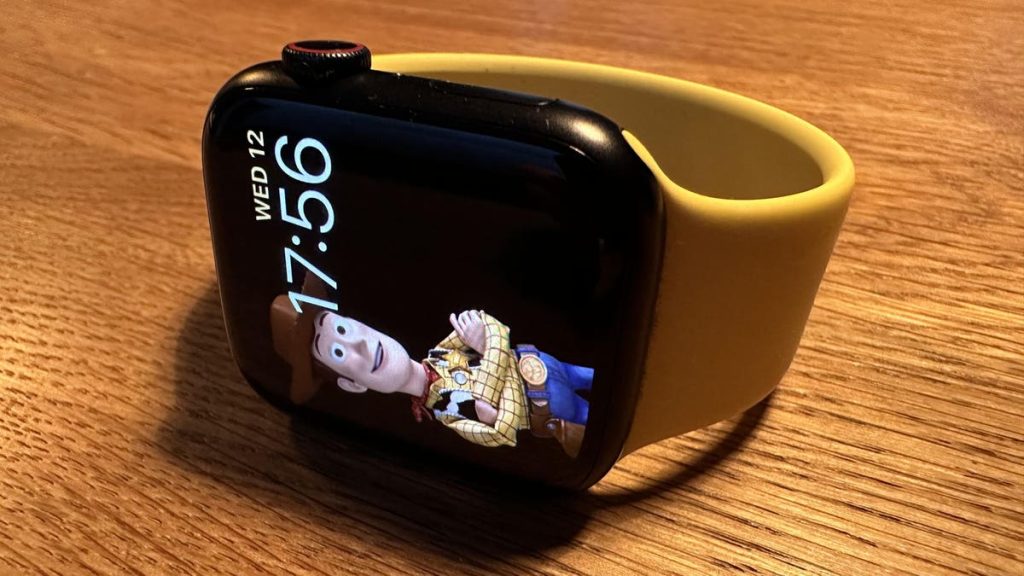Take a look at the Apple Watch. Maybe there’s one on your wrist right now. Looks innocent, doesn’t it? But it turns out it may be crawling with bacteria. Okay, don’t panic or anything, but you might as well know that a rather dryly written research piece (and frankly, that’s how you know it’s probably spot-on) has revealed which bands have the most bacteria.
This is important to know, especially with a gorgeously different Apple Watch Ultra 2 and Apple Watch Series 9 just days away, expected to be announced alongside the iPhone 15 on Tuesday, September 12.
The story was first picked up by New York Post, reporting that the bands, and it applies to other wristbands, not just Apple Watch, carry “shocking levels of bacteria”.
Researchers from Florida Atlantic University looked at plastic, rubber, cloth, leather and metal wristbands to see if there was a relation between the wristband material and bacteria build-up. They also tested household disinfectants to clean them.
First, the sobering news: “Nearly all wristbands (95%) were contaminated, with the highest average numbers… on rubber and plastic bands respectively.” Metallic gold and silver wristbands had less, the study says. “While the high prevalence of Staphylococcus spp (85% of wristbands)—skin microbiota; was not unexpected, the occurrence of Pseudomonas spp (30%), and enteric bacteria (60%), even at relatively low numbers is of public health significance. Bacterial load on individual subjects varied remarkably with males and females harboring average total bacteria of 4.045 and 3.42 log10cfu/cm2 of wristband, respectively.”
So, men’s bands had more bacteria, it seems. Staphylococcus spp, of course, can cause staph infections and enteric bacteria means E. coli bacteria. Pseudomonas spp can be serious.
So, should we be worried? After all, I don’t know about you, but I only clean my Apple Watch bands when I can see they’re looking dirty. And in some cases, like the Pride Edition Sport Band, it still looks pristine, after months of continuous daily wear.
Wearing the strap during workouts gave rise to the highest levels of Staphylococcus spp, and rubber and plastic bands had higher bacteria levels while metal ones had less. I’d say, it’s the rubber and plastic ones which are more comfortable to wear when you’re working out.
The study “underscores the need for regular cleaning.” Specifically, it found that “Lysol Disinfectant Spray and 70% Ethanol were highly effective regardless of wristband material with >99.99% kill rate… within 30 seconds.” Apple Cider Vinegar was also tested and while this had a similar effect on some of the bacteria, it took longer and had little efficacy on Staph bacteria.
Note that it’s not wise to use Clorox wipes or alcohol on leather or metal bands, though this is a good choice for bands like the Solo Loop and Sport Band for instance. Mild soap is recommended by Apple.
So, how worried should we be? I have never knowingly become ill because of my Apple Watch band, and one or other of them has been my daily companion since March 2015 (a month or two before the first Watch went on sale). And I feel fine, thanks for asking.
But I’m thinking I might take an alcohol wipe to it now and again, just for peace of mind.
Read the full article here










